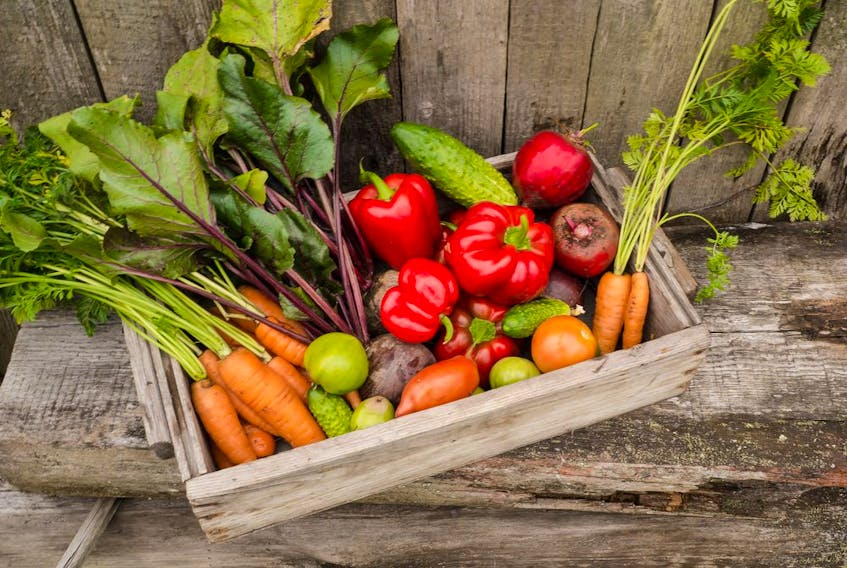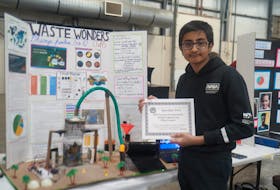Seed companies across the Maritimes are seeing a huge surge in vegetable seed sales and while I have complete confidence in our food supply chain, I’m happy to see so many people thinking about starting a vegetable garden this year.
Cathy Oulton, the owner of Bloom Greenhouse and Garden Centre in Halifax is also seeing the increased interest. “We’ve just opened for the season and have already had a huge uptick in calls and emails from people wanting to start seeds and grow their own vegetable garden,” she says.
Like many local business, they’re offering a pick-up service with staff pulling seed, soils, and other garden supplies for their customers. “We’ve also put together some basic garden kits for vegetables, herbs, and even a kids flower kit with easy-to-grow varieties,” says Oulton. “It’s wonderful that so many more people are going to discover the enjoyment of gardening.”
That said, before you break ground on a new vegetable garden, there are a few factors to consider. First, you must find the right site. The majority of vegetables grow best with at least eight hours of full sun each day. Next, put some work into the soil. To keep my soil healthy, I dig a few inches of compost or aged manure into my raised beds each spring. You can also incorporate a slow release organic fertilizer into the soil at planting time.

In an attempt to make vegetable gardening easier for new gardeners, I’ve designed a starter vegetable plot. I chose raised beds because they warm up early in spring, offer excellent drainage, allow intensive planting, and are generally easier to care for than in-ground gardens. You can build the beds from untreated lumber (I use hemlock), or edge them with logs, rocks, concrete pavers or other materials.
Each bed is each four feet wide and eight feet long. The depth depends on the existing soil. If you’re covering grass with newspaper and cardboard, it’s best to go 10 to 12 inches deep. If the sod has been removed and the existing soil loosened and amended, you can build beds just six inches high. Fill the beds with a good quality garden soil.
If deer are an issue in your area, you may wish to surround the garden with deer netting, available at hardware and garden supply stores. Mount the netting on wooden stakes placed at the corners of the beds, but be sure to arrange for a way to unhook one end of the netting for easy access into the garden.
What to grow?
It’s very tempting to want to grow everything, but if you’re new to food gardening, start with just a handful of vegetables and learn to grow them well. Below is a chart of some of the easiest vegetables to grow.
Garden maintenance
As your plants grow, stay on top of watering and weeding. Newly planted seeds need to be kept evenly moist until they germinate so you’ll likely have to water every day or two. Once plants are growing well, you can water less frequently but keep any eye on the soil, irrigating when necessary. Pull weeds as they appear.
Niki Jabbour is the best-selling author of three gardening books, and a two-time winner of the prestigious American Horticultural Society Book Award. Find her on social media and at SavvyGardening.com.









